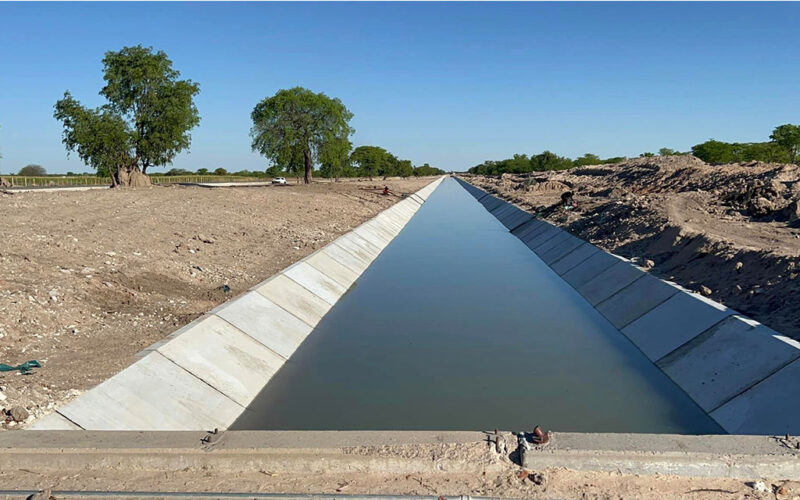Chamwe Kaira
The government is committed to the sustainable utilisation of the Ohangwena II aquifer to ensure a continuous water supply to the residents of the Ohangwena Region.
According to Jona Musheko, the spokesperson for the Ministry of Agriculture, Water, and Land Reform, the ministry has been tapping into this aquifer for some time now by drilling deep boreholes (up to 250 meters deep) to provide water to the people of Ohangwena.
He made these remarks while responding to questions about the progress of developing this substantial water source that was discovered over a decade ago.
Musheko highlighted one significant achievement of the ministry, which is the construction of a de-fluoridation plant. He emphasized that besides this plant, the authorities will continue to responsibly access water from the aquifer to ensure a consistent water supply to the Ohangwena residents.
Currently, the water sourced from the aquifer supplements the pipeline water from the Oshakati plant. Musheko also stressed the importance of international cooperation, mentioning that major developments in shared water courses and basins should involve communication and collaboration with neighboring, Angola. He stated that they would keep Angola informed about any major developments concerning the aquifer, including the possibility of cooperation with Angola.
Musheko expressed that the development of the aquifer is already contributing to the achievement of their water supply goals.
In 2012, it was estimated that this aquifer could meet the water needs of the northern part of the country for 400 years at the current consumption rates. Scientists have noted that the water from this source, despite being up to 10,000 years old, is cleaner to drink than many contemporary water sources.
The Ohangwena II aquifer extends beneath the border between Angola and Namibia, covering an area of approximately 70 km by 40 km on the Namibian side. The water stored in this aquifer is equivalent to the current water supply for the northern region of Namibia for the next 400 years, serving about 40 percent of the nation’s population.




